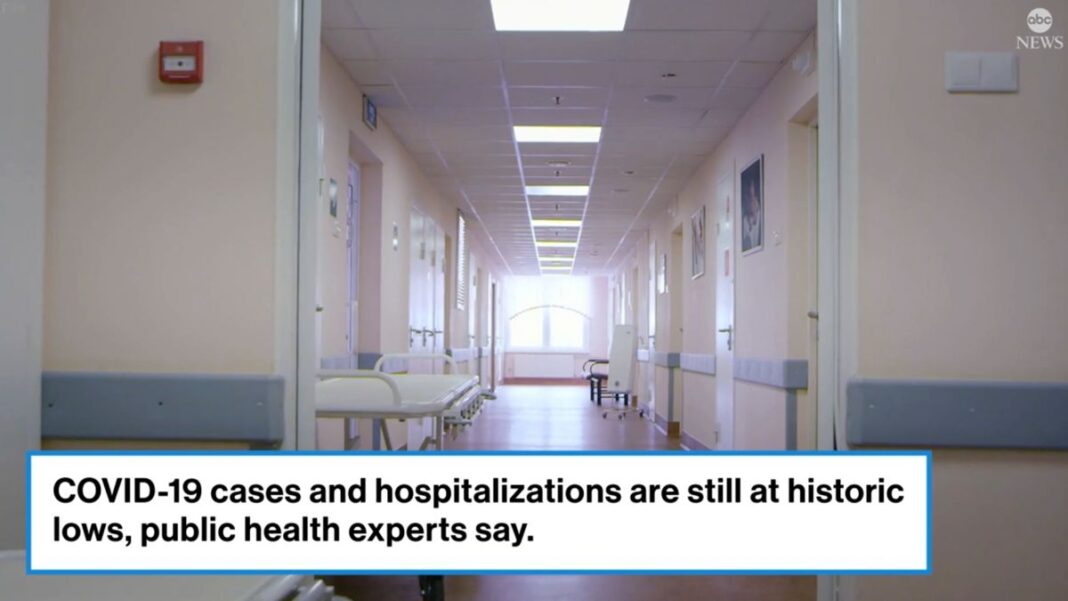After multiple weeks of increasing COVID-19 hospital admissions, federal data shows that the figure is now falling.
After multiple weeks of increasing COVID-19 hospital admissions, federal data show that the figure is now falling.
In the week ending Sept. 16, U.S. Centers for Disease Control and Prevention (CDC) data show hospitalizations are down 4.3 percent. The number had been increasing since July, although the CDC’s historical trends shows that hospitalization numbers were relatively low compared with previous increases in the virus—notably compared with a prior “surge” that occurred in the summer of 2022.
Meanwhile, the latest figures show that emergency department visits are down 19.3 percent and test positivity is down 1.6 percent. Deaths are up by about 12.5 percent, the data show, but that figure is also relatively low when compared with previous years.
The EG.5 variant, which has been dubbed Eris, accounts for about 24.5 percent of all cases, according to the CDC’s variant tracker. FL.1.5.1, known as Fornax, is estimated to be responsible for about 13.7 percent of COVID-19 infections, the CDC figures show.
About a month ago, amid a steady rise in hospitalizations, some health officials suggested that it doesn’t appear to be as bad as before.
“Looking at that graph [of] hospitalizations, even though it’s on an upward trend, that’s still lower than it was last year at this time,” Dr. John Segreti, an epidemiologist and the medical director of infection control and prevention at Rush University Medical Center in Chicago, told ABC News. “The fact that the numbers are going up fairly slowly, I think is a good sign.”
Responding to the figures last month, Dr. Shira Doron, chief infection control officer for Tufts Medicine, said that the recent “upswing is not a surge; it’s not even a wave.”
“What we’re seeing is a very gradual and small upward trajectory of cases and hospitalizations, without deaths really going along, which is great news,” the doctor added.







